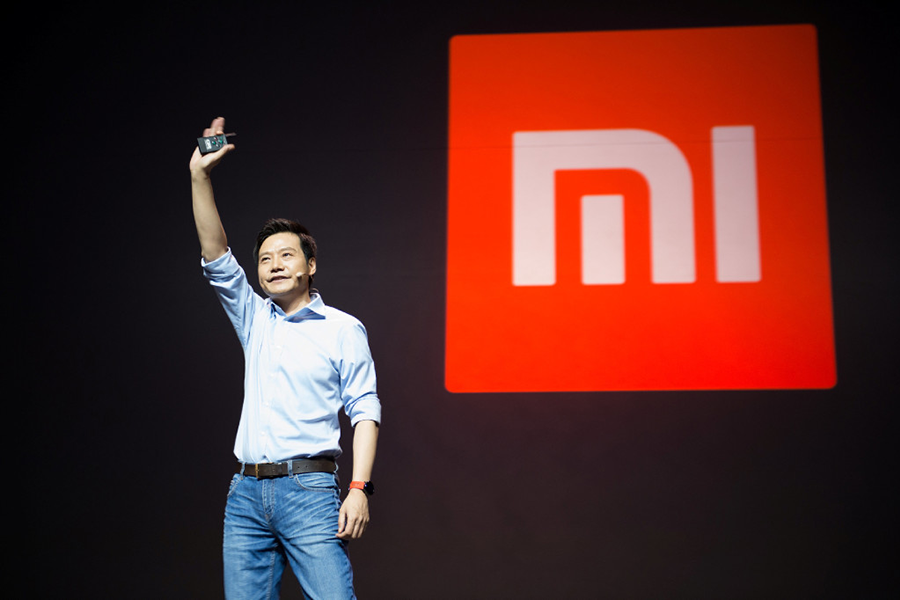Has Chinese firm Xiaomi created the phone of the future?
Loading...
You may not have heard of Xiaomi yet, but the company’s new Mi Mix smartphone release this fall could change that.
Known as China’s “Apple,” Xiaomi will release its new smartphone in China in early November. The company calls its new product, "a breathtaking work of art that surpasses existing innovations in the smartphone industry." Designed by French designer Philippe Starck, could the Mi Mix be the smartphone of the future?
In 2015, The Christian Science Monitor’s Jeff Ward-Bailey reported on Xiaomi’s expansion into the American tech market.
Xiaomi’s phones are well-known across Asia, but the company hasn’t made any moves to enter American or European markets – until now.
If Xiaomi decides to sell its devices in the US, it’ll be going toe-to-toe with Apple for the first time. But by expanding its geographic scope slowly, Xiaomi is giving customers a chance to become familiar with its brand first. And if the company does decide to come stateside (and figures out a way to continue selling Mi phones and tablets at a fraction of what customers are used to) it could be a powerful competitor to Apple and Samsung.
Visually, Xiaomi’s new Mi Mix phone is an appealing competitor to Apple products. The smartphone’s 91.3-percent screen-to-body ratio and edgeless display give users plenty of screen space to play with. Combined with the device’s computing and storage power, Xiaomi’s more affordable price tag could turn this phone into a serious contender in the high-end smartphone market.
At just $590 for 6GB of RAM and 256GB of storage, and $516 for 4GB of RAM and 128GB of storage, the Mi Mix is less expensive than other similar devices, The Verge reports.
The phone also features a ceramic back and buttons, ultrasound proximity sensors, and the earpiece has been replaced with a piezoelectric speaker that uses the metal frame to generate sound. Nevertheless, the phone has its critics.
The Mi Mix bears a strong physical resemblance to the Samsung Note 7, according to Fortune writer Ben Sin, who qualified his own criticism by adding, “To be fair, it’s not like Samsung hasn’t been sued for copying another phone’s design, and even big bad Google’s own phone looks just like an iPhone. So I guess at the end of the day, there’s only so much you can do to differentiate a rectangular slab of metal and glass.”
More serious, however, are concerns about the phone’s potential functionality. Xiaomi has not yet officially released a working prototype of the phone. But a working version appeared on YouTube Tuesday.
While Xiaomi officials showed the public a version of the Mi Mix at a recent launch event, tech writers noted that the phone’s clock appeared to be stuck at 8:16 for the duration of the event, the same time signature on each of the promotional photos.
The Mi Mix’s Asian release date is scheduled for November 4, though it is unclear when, if ever, the phone could make it to the United States.
As the market grows increasingly competitive in China, Xiaomi has been looking for ways to stand out from the competition. Perhaps the Mi Mix could be it.








